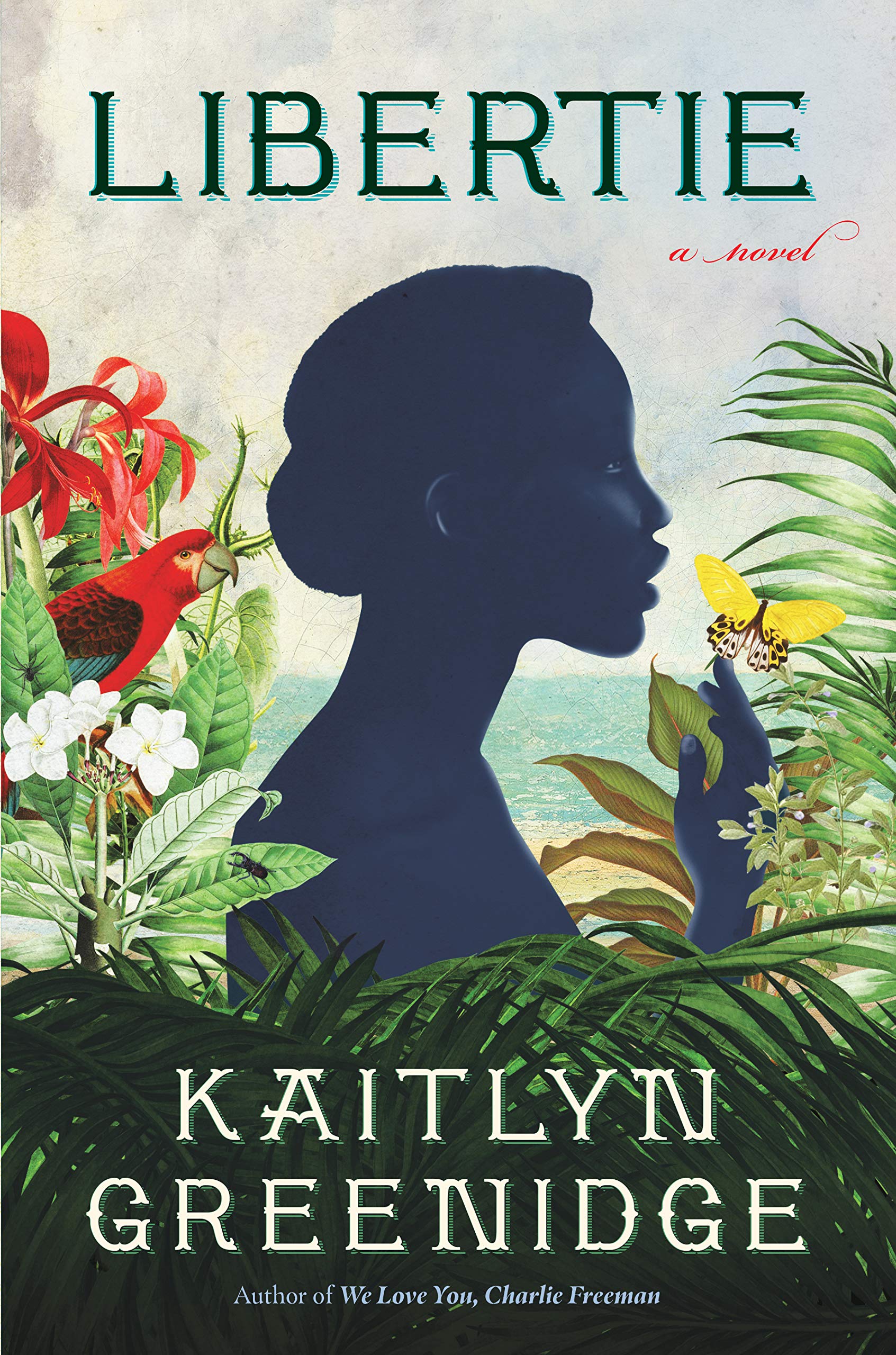Review of Kaitlyn Greenridge’s Libertie: A Novel

Kaitlyn Greenridge’s beautiful historical novel, Libertie, opens with magic. The protagonist and title character, Libertie, witnesses her mama pry open a coffin, feed the man therein thirty magical seeds, and then whack him until he sputters back to consciousness.
We discover quickly, though, that this novel is no fairy tale. Libertie’s mama, Cathy Sampson, is an accomplished doctor who heals her neighbors in 1860s Brooklyn as well as escaped slaves who are delivered to her door in coffins. The Civil War and Reconstruction are the historical backdrop of a novel that is most interested in the character of Libertie.
Her character is formed through travel, picaresque-style: she moves from Brooklyn to college in Ohio where she fails in her medical training but finds the arts; she moves back to Brooklyn alongside a couple of powerful women singers, the Graces; she then marries her mother’s apprentice and moves to Haiti, in part to escape her mother’s reaction to her failing grades; and the book then closes with her on her way back to her mother in Brooklyn, after she discovers the bounds of marriage but the promise of motherhood, twin infants at her breasts. Along this journey, Libertie learns the various and powerful meanings of her name—of freedom. She learns that she may run from Dr. Sampson but she will, thankfully, never be free from the bond that links a mother and a daughter.
The novel explores a number of themes that resonate with contemporary concerns. For one, Libertie has darker skin than her mother, and the novel considers the privileges Dr. Sampson is afforded related to colorism. Dr. Sampson begins treating white women in her hospital, and Libertie is hurt most by the fact that her mother does not push back against those who are disgusted by Libertie’s blackness. The novel also explores the ways in which even those who are free from slavery in body are not free in mind. Dr. Sampson attempts to cure Ben Daisy, the magically resurrected runaway slave, but he ends up haunted, then drowned and dead. It is the haunting of the past that eventually draws Libertie back to her mother at the novel’s conclusion.
In Haiti, Libertie quickly learns that her fair-skinned husband, Emmanuel, may love her dearly and with good intentions, but he comes from and perpetuates racism and sexism in his family home. Emmanuel, like Libertie’s mother, can pass for white. When the newlyweds arrive in Haiti, Libertie’s in-laws are disappointed that Emmanuel has married without permission, and a dark woman at that. Libertie has a fraught relationship with Emmanuel’s twin sister, Ella, until she discovers that Ella has needed to act mad to gain some level of freedom in the home and town. Libertie discovers that she too would need to feign madness to find freedom as a wife. When she leaves Haiti to return to her mother, Libertie writes to Emmanuel, explaining that she needs to leave to be free; she invites him to also break the bounds of expectation and to follow her in the quest for freedom.
The story Greenridge tells is original, gripping, and multi-layered, and her writing is fierce and beautiful. She draws out the story through details, starting on the very first page. Greenridge writes through Libertie’s eyes:
When the dead man came, it was spring. I was playing on the stoop. I’d broken a stick off the mulberry bush, so young it had resisted the pull of my fist. I’d had to work for it. Once I’d wrenched it off, I stripped the bark and rubbed the wet wood underneath on the flag-stone, pressing the green into the rock.
There is symbolism in this detail (rebirth, resistance, persistence, greenness vs. stone), but it is also vividly real. You can see and feel the young Libertie tugging the stick from the bush. I wanted to get to know this character and Greenridge’s magical writing. You will too.
